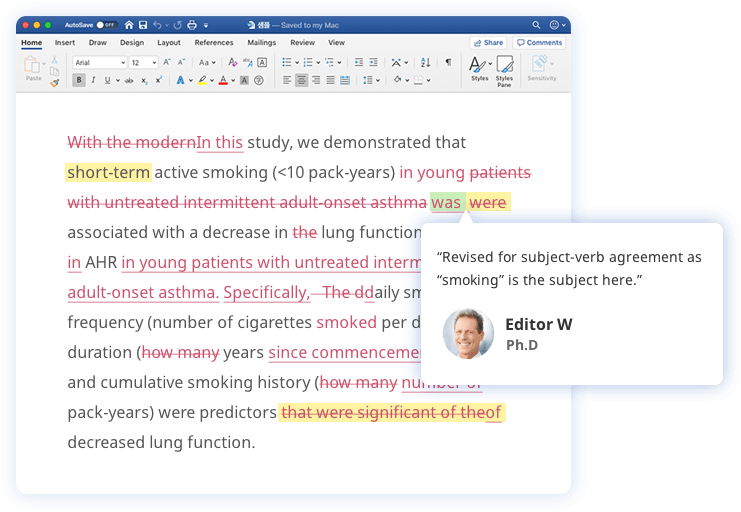How to Use Hyphens
Hyphens are punctuation marks with several functions. They are used to modify nouns to form compound adjectives, transform a phrasal verb into a noun, and tie together phrasal adjectives.
Hyphens can often be seen in any medium where complexity and special terms are common, such as literature, newspapers, and scholarly forms of writing such as academic journals and scientific research.
Hyphens are not to be confused with dashes. While hyphens connect two words to form a compound word, a dash indicates an abrupt change in thought or interruption of a sentence.
Hyphens with Compound Adjectives
A compound adjective is formed by combining two words to modify a noun, and it functions as a single adjective. Hyphenation of compound adjectives only occurs when the compound adjective is written before the noun. When a compound adjective comes after a noun, it is not hyphenated.
Hyphen used in compound adjective before a noun
- Example
- The hyper-competitive nature of the financial industry has led to the proliferation of white-collar crime and the lack of well-intentioned financial advisors.
NO hyphen used in compound adjective before a noun
Do NOT use a hyphen when the compound adjective consists of an adverb (-ly) and an adjective.
- Incorrect
- One overly-saturated area of finance is debt consolidation, which targets mostly-young debt holders such as college students.
- Correct
- One overly saturated area of finance is debt consolidation, which targets mostly young debt holders such as college students.
No hyphen used in compound adjective after a noun
If the compound adjective comes after a noun, no hyphen is needed.
- Incorrect
- Plagiarism in online articles is becoming all-too-common.
- Correct
- Plagiarism in online articles is becoming all too common.
Hyphens with Phrasal Verbs as Nouns
A phrasal verb is a type of compound verb in which the main verb is followed by at least one other word, such as an adverb or preposition. Phrasal verbs used to communicate an action do not require hyphens. However, phrasal verbs used as nouns should be hyphenated or must be combined into a single term.
| Phrasal verb used for action (not hyphenated) | Phrasal verb used as noun (hyphenated/single word) |
|---|---|
|
The teacher had to boot up his computer. |
The boot-up took longer than usual. |
|
The dealer will bring in the chips to the game. |
The poker player had to pay the bring-in. |
|
The fund manager tried to break down the cash statement. |
The trading floor listened to the daily breakdown on the news |
|
The trader was not the only one to mix up the order. |
The boss had to stay late to solve the mixup. |
Get professional proofreading and expert feedback on any document!

- Academic papers
- Admissions essays
- CVs/resumes
- Business reports
- Blog and website content
- Personal essays
Hyphens with Prefixes and Suffixes
Almost any noun in the English language can be altered with a prefix, so rules concerning the hyphenation of prefixes can vary.
As a rule of thumb, always hyphenate prefixes that come before capital letters, numerals, and dates.
Examples of prefixes that commonly use hyphens
- Example
- Most anti-bacterial soaps are effective at killing germs.
- Example
- The self-service counter was very popular with customers.
- Example
- He hadn’t seen his ex-girlfriend in many years.
Examples of prefixes that may use hyphens
| Prefixes used without a hyphen | Prefixes used with a hyphen |
|---|---|
|
The celebrity signed the autograph. |
The student was on auto-pilot all day. |
|
The scientist used the microscope. |
The micro-scale model was too small. |
|
The employee was proactive in finishing work. |
The official was very pro-government. |
|
The nonprofit organization helped sick children. |
The foundation became non-profit after getting a grant. |
Examples of prefixes that always use hyphens
- Example
- The Egyptian sculpture dated back to pre-1200 BC.
- Example
- The mid-December time period is hectic due to Christmas.
- Example
- The post-WWII period was one of great economic growth.
Hyphenated Compound Words
Hyphenated compound words are terms consisting of multiple words connected by hyphens. Students, researchers, and industry specialists will often encounter hyphenated technical words. Other common hyphenated compound words are terms that denote a ranking in a hierarchy.
Examples of hyphenated compound words - Technical usage
- Example
- The strength-to-weight ratio needs to be increased.
- Example
- The phase-contrast microscope will be delivered soon.
- Example
- The researcher used Python to analyze the time-dependent variable.
Examples of hyphenated compound words - Hierarchical usage
- Example
- Her father-in-law did not appreciate her cooking.
- Example
- The editor-in-chief rejected the headline.
Using Hyphens to Clarify Meaning
Hyphens can also clarify meaning and eliminate ambiguity in some situations.
| Hyphenated/Non-hyphenated terms | Meaning |
|---|---|
|
The worker decided to resign her contract. |
The worker did not renew her employment. |
|
The worker decided to re-sign her contract. |
The worker did renew her employment. |
|
His wallet had twenty five dollar bills. |
$100 total in bills. |
|
His wallet had twenty-five dollar bills. |
$25 total in bills. |
|
He just saw a man eating chicken. |
He saw a human male eating some chicken. |
|
He just saw a man-eating chicken. |
He saw a monstrous chicken that eats humans. |
Hyphens Versus Dashes
A dash is a punctuation mark that is used to indicate an abrupt change in thought or interruption of a sentence.
The most common purpose of a dash is to signify an abrupt change in thought or to expand or explain the context of the previous sentence.
Dashes also divide words when spacing is limited. For example, in writing formats where words appear in a column, such as academic journals, reports, and newspapers.








